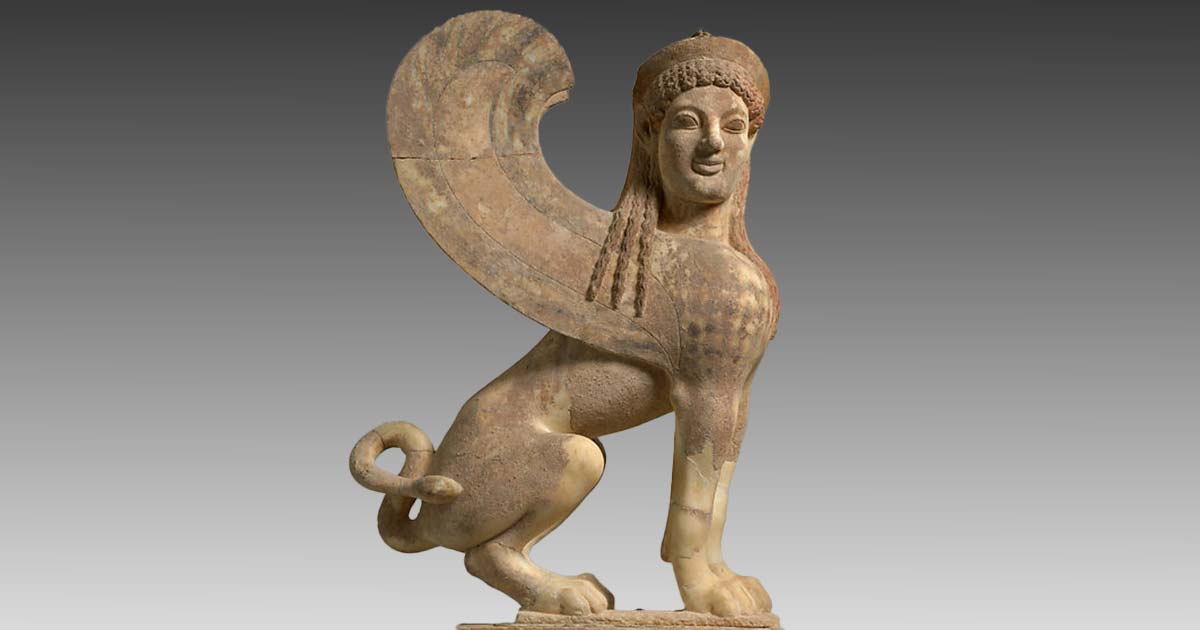Why is the Sphinx Considered a Guardian Figure? (Video)
The Sphinx, an intriguing creature with the body of a lioness, avian wings, and a serpentine tail, is most commonly associated with the Egyptians but could also be found in Greek mythology. In fact, they often served a unique role, as guardians of ancient Athenian graves. This sphinx statue, now an exhibit at the New York Met, had a clear purpose: to protect the resting place from potential intruders. With an alert and watchful demeanor, it exudes a captivating yet perilous aura. The female form, adorned with the visage of a beautiful woman, evokes the duality of allure and danger, a lasting symbol of its enduring power.
Mythical creatures like the Sphinx continue to captivate our imagination, mirroring our fascination with creatures like vampires and zombies in contemporary culture. They evoke potent emotions – fear, anxiety, and terror – externalizing our innermost fears, particularly our apprehension of mortality. Sphinxes occupy a liminal space, bridging the realms of the living and the deceased, making them a powerful presence on grave markers. Intriguingly, the Sphinx elicits sentiments of wonder, awe, and curiosity, mirroring the emotions stirred by great works of art. Its enduring symbolism underscores its capacity to evoke profound reactions, reminding us of the eternal dance between beauty and danger in the human psyche.
- There Is More to the Sphinx Than You Find at Giza
- The Sphinx of Giza: Who Built the World’s Most Famous Sphinx in Egypt?
Top image: Marble capital and finial in the form of a sphinx. Source: Metropolitan Museum of Art / Public Domain.

















